Compassionate crusade: The role of healthcare in addressing homelessness
Health systems are forming partnerships to address the health impacts for people who live without housing on the margins of our society.
Homelessness poses a daunting national challenge. And the challenge worsened as a result of the pandemic, rising from roughly 582,000 people in 2022 to more than 653,000 people in 2023.a
Clearly, keeping homeless people out of the ED is a pivotal goal in the battle against homelessness. But it is one that health systems cannot achieve alone. They need to partner with other organizations in their communities that are also invested in this effort.
Healthcare organizations bear the brunt of this problem. Consider that people struggling with homelessness typically visit the emergency department (ED) as often as five times annually, sometimes even weekly, and annual ED costs can be as much as $44,000 for just one frequent ED user, potentially amounting to almost $10 billion in ED costs to the U.S. healthcare system.b
Community Solutions: Tackling homelessness nationwide
“To many people, homelessness feels like one of those intractable challenges that we just have to live with,” said Beth Sandor, chief program officer for the nonprofit Community Solutions. “But what we know as an organization from decades of work is that homelessness is an absolutely solvable problem.”
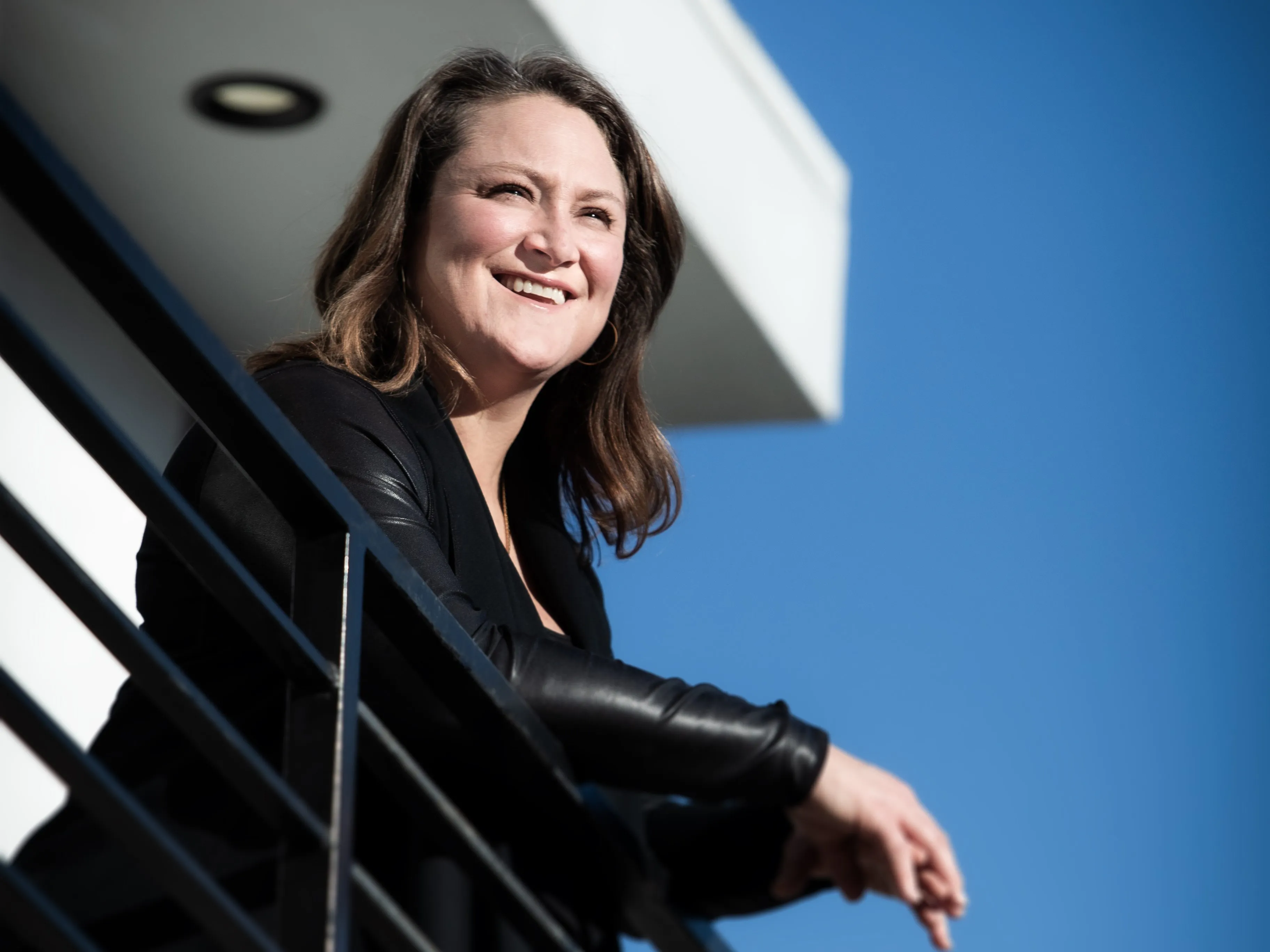
Founded in 2011, Community Solutions works across multiple programs to solve homelessness, including by serving as a conduit to enable working partnerships between the healthcare system (including hospitals, health systems and health plans) and the homeless response system (including city agencies and community organizations dedicated to meeting the needs of the homeless population) to create a coordinated effort.
Community Solutions has mounted a nationwide effort to tackle the problem of homelessness, with numerous health system partners that include Kaiser Permanente, Providence and CommonSpirit Health.
In December 2020, Community Solutions partnered with the Institute for Healthcare Improvement on a three-year pilot, called the Healthcare and Homelessness (H×H) Pilot, with a focus on identifying effective models for collaboration between the healthcare and homeless response systems.
Beyond the pilot, Community Solutions also leads a national initiative called Built for Zero, a cohort of communities whose goal is to achieve and sustain the milestone of functional zero — defined as an indicator that “fewer people are experiencing homelessness than are routinely exiting homelessness at any given time.”
Built for Zero receives funding support from the MacArthur Foundation and other organizations across multiple business sectors. And as of Feb. 14, there were 105 communities participating in the initiative across the nation, Sandor said. That includes five communities that were engaged in the H×H Pilot.
“We’re seeing more commitment now than ever across both these systems,” Sandor said. “Whether they’re working in homeless response or healthcare, these organizations realize that you can’t stay within the four walls of your institutions. When you can give organizations really tangible ways to bridge to each other’s work, it opens the way to concrete action folks can take together that enables them to serve people better.”
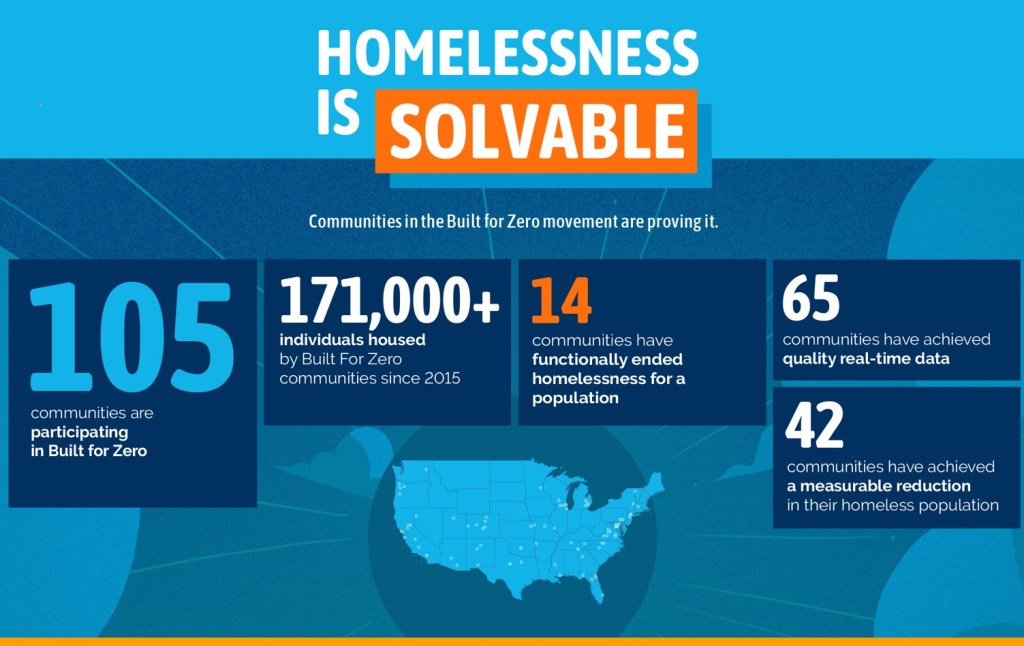
Source: Community Solutions, 2023, used with permission
H×H Pilot focus areas. Meghan Arsenault, senior strategy lead on the Built for Zero team, said the health systems participating in the H×H Pilot listed three key objectives for the effort:
• Measurable reductions in homelessness
• Lower healthcare costs
• Improved population health
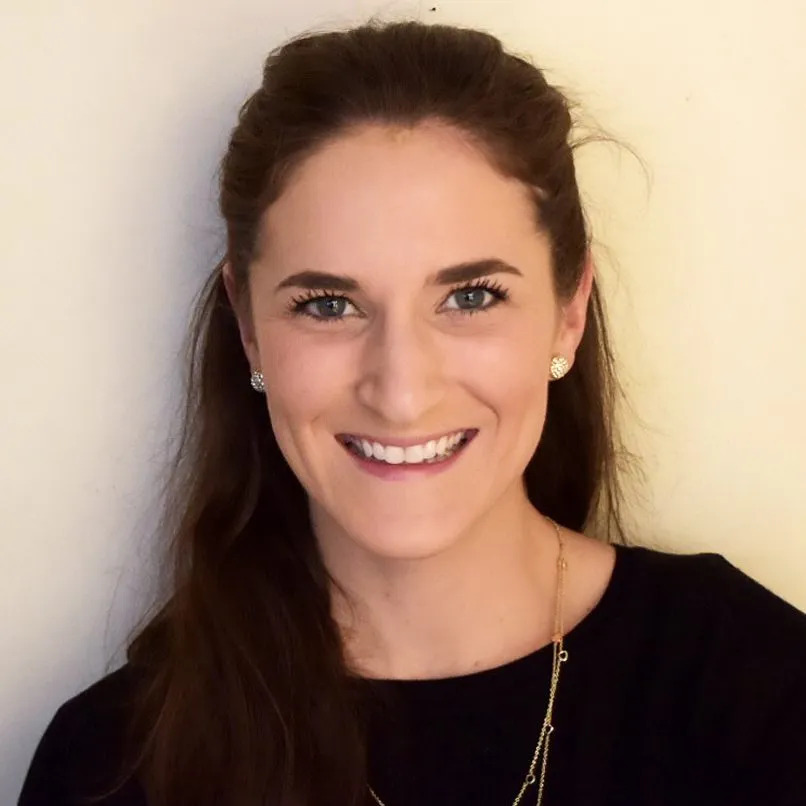
sharing with partners.
Arsenault said that through the pilot, they identified four key areas where participating health systems have supported their local homelessness response systems to reduce and end homelessness:
• Identifying patients in need of housing services
• Preventing their discharge into homelessness
• Sharing by-name data in real-time
• Improving coordination of health and housing services with cross-sector case conferencing
“For the first time in many of these communities, information about the population experiencing homelessness is being shared across systems, opening the possibility of cross-sector care coordination to improve health and housing outcomes,” she said.
Homelessness statistics underscore the magnitude of the challenge
- 22% — Average portion of the U.S. homeless population who were chronically homeless in 2022, meaning they had experienced homelessness for at least a year or repeatedly while struggling with a disabling condition such as a serious mental illness or substance use disorder
- 239,225 — Average number of homeless people as individuals in the United States who were unsheltered on any given night in January 2023
- 39,700 — Approximate number of homeless people over age 64 on a single night in 2023
- 60.5% — Male portion of the United States’ overall homeless population in 2023
Sources:: National Alliance to End Homelessness, State of Homelessness: 2023 Edition; and de Sousa, T., et al., The 2023 Annual Homelessness Assessment Report (AHAR) to Congress, U.S. Department
of Housing and Urban Development, December 2023
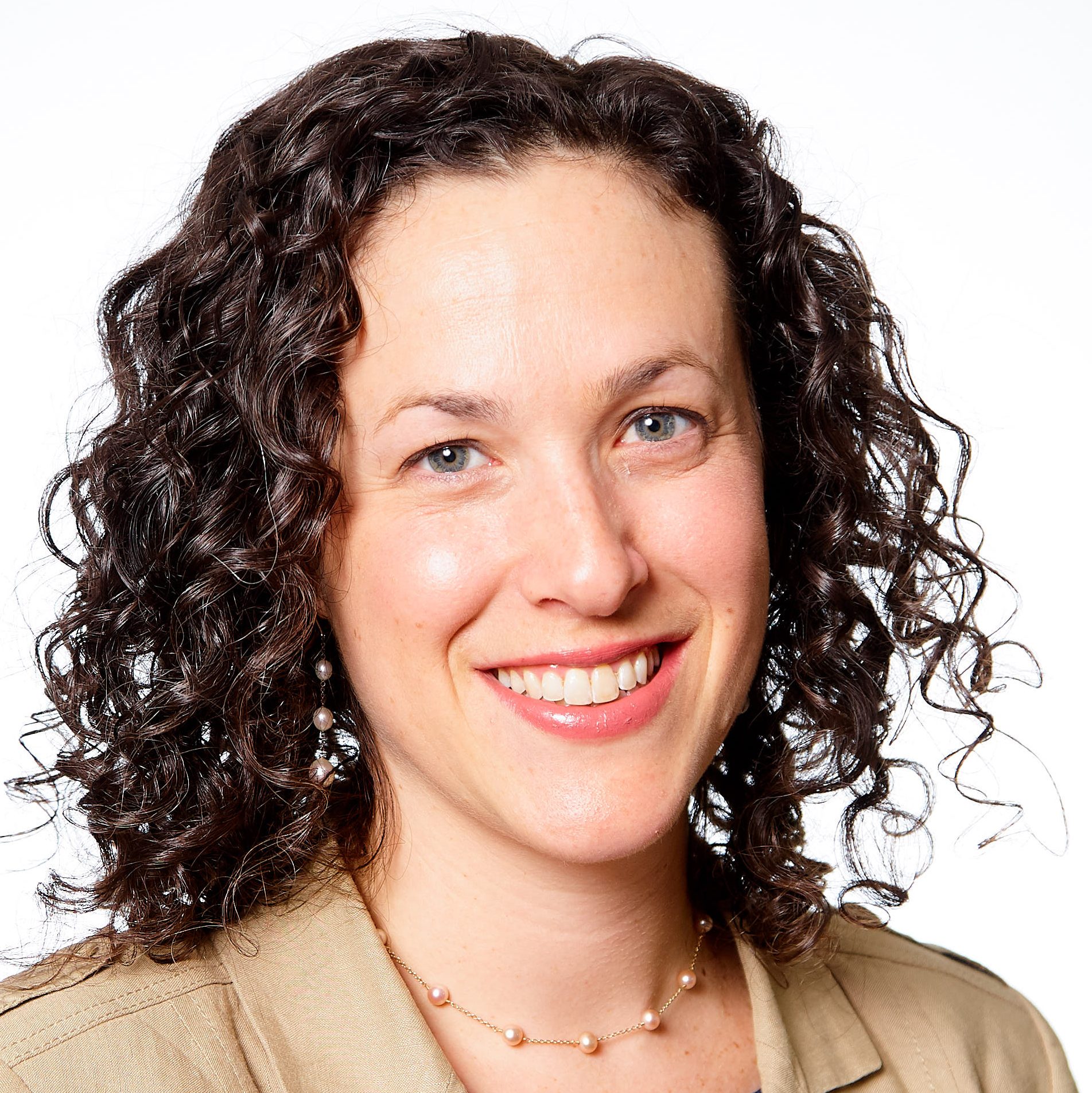
Health system perspective. Kaiser Permanente, based in Oakland, Calif., has been a leader in tackling the problem of homelessness and helping people struggling with finding housing.c In one of several initiatives, Kaiser Permanente has partnered with Community Solutions since 2019 to reduce and eventually achieve a sustainable end to homelessness.
As part of that partnership, Kaiser Permanente worked on the three-year H×H Pilot to test interventions that can drive reductions in chronic homelessness and improve health outcomes for vulnerable patients, said Vanessa Davis, MPH, national program lead for the organization’s housing for health work. “We’ve doubled down on our commitment to this partnership because we’re investing in what works,” Davis said. “That’s evident in the fact that 24 of our communities have achieved what’s called quality by-name list data, which means the community can quickly identify by name who is experiencing homelessness on any given night, who is coming into the system, who is exiting the system and to where. And of those communities, 11 have achieved a 20% sustained reduction in homelessness for a subpopulation.”
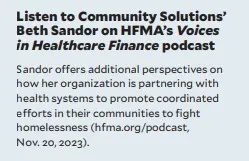
Starting the conversation. For health system leaders, Sandor said, the first step in getting started is to ask two key questions of themselves and other key community leaders: “How are we doing in driving population-level reductions in homelessness? And how can my institution help be part of that solution?”
“Just being part of the conversation can be really catalytic in creating shared accountability for change and in bringing new resources to the table,” Sandor said.
Providence: The role of case conferencing in serving homeless patients
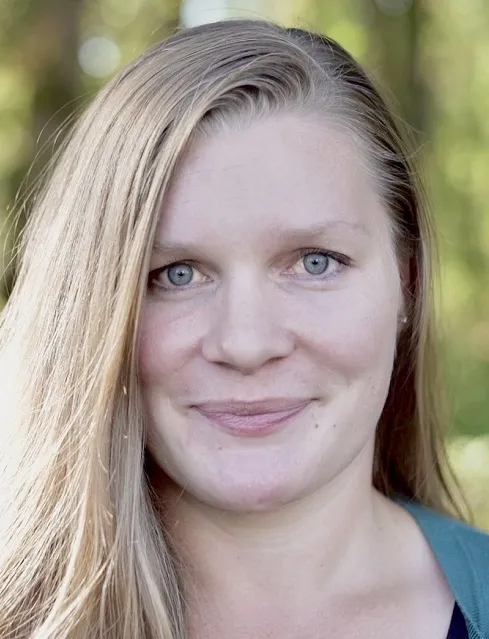
Providence, a multistate health system headquartered in Renton, Wash., has been a leading partner in Community Solutions’ Built for Zero initiative and a participant in the three-year Healthcare and Homelessness Pilot, beginning in 2020. Megan McAninch-Jones, executive director, community investment, for Providence, underscored the benefits the organization has gained from the case conferencing made possible through the pilot.
“Having key participants come together to collaborate made a huge difference in how we serve patients experiencing homelessness,” McAninch-Jones said. To illustrate this impact, she tells this story from the Washington County, Ore., pilot:
A woman showed up in the ED and was admitted to the ICU with sores and a cardiac condition. Our care team took her social history and learned she was living in a bug-infested home with five roommates, sleeping on a mattress on the floor. And she was not formally on the lease, so she had no tenant protection. Her cardiac issue required treatment and a stay in a short-term nursing facility.
From the hospital perspective, the woman was medically ready to be discharged to a skilled nursing facility (SNF). But no SNF was willing to take her because she lacked a guaranteed place to go home to or any way to receive the appropriate level of care following discharge from the SNF.
So working with the homeless response system, we were able to quickly secure a hotel room for the immediate period of her recovery after discharge from the SNF, which included visits from a home health nurse. And she has since been placed into permanent housing, and that same home health nurse is still visiting her and helping her to maintain her wellness.
RUSH’s Center to Transform Health and Housing: A Chicago Solution
A health system’s response to homelessness can be an organic process resulting from evolving circumstances. Such was the case for RUSH’s Center to Transform Health and Housing.
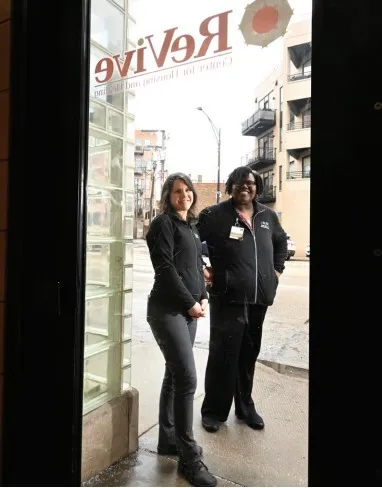
“RUSH had been working with people experiencing homelessness for decades, but it took off at the beginning of the pandemic,” said Elizabeth Davis, MD, chief medical officer liaison for community health equity at RUSH, and a founding member of the center. “In March 2020, people working with individuals experiencing homelessness were concerned that COVID-19 would have a large impact on this community. And two physicians at RUSH, David Ansell and Steven Rothchild, started a daily morning phone call to bring to the table people from across the city representing organizations that run shelters or provide care in other ways for this population as well as people with lived experience.”
One outcome was that Davis led a team of volunteer providers from RUSH to venture out to Chicago homeless shelters to test and vaccinate for COVID — and eventually for other infections.
Hearing of this work, a philanthropic funder, Chicago Trading Company, expressed interest in helping, leading to the founding of RUSH’s Center to Transform Health and Housing.
Eugenia Olison, MEd, LPC, a project manager for the center, said an important initial focus was on building trust within the population, which required understanding that homelessness is a state and not a definition of someone’s identity.
“We thought it was important to make sure we meet people where they are, so they begin to trust healthcare,” Olison said. “We’ve learned in talking with people with lived experience that they don’t trust the healthcare system. That’s why we have people with lived expertise as co-designers of our work.”
The center works primarily by reaching out to provide care in shelters, engagement centers and transitional housing spaces.
“We have a team of providers that go into the community to create opportunities or referrals to our local hospital partners if individuals need additional specialty care,” Olison said. “We currently don’t provide housing, but we connect and engage with organizations that do.”
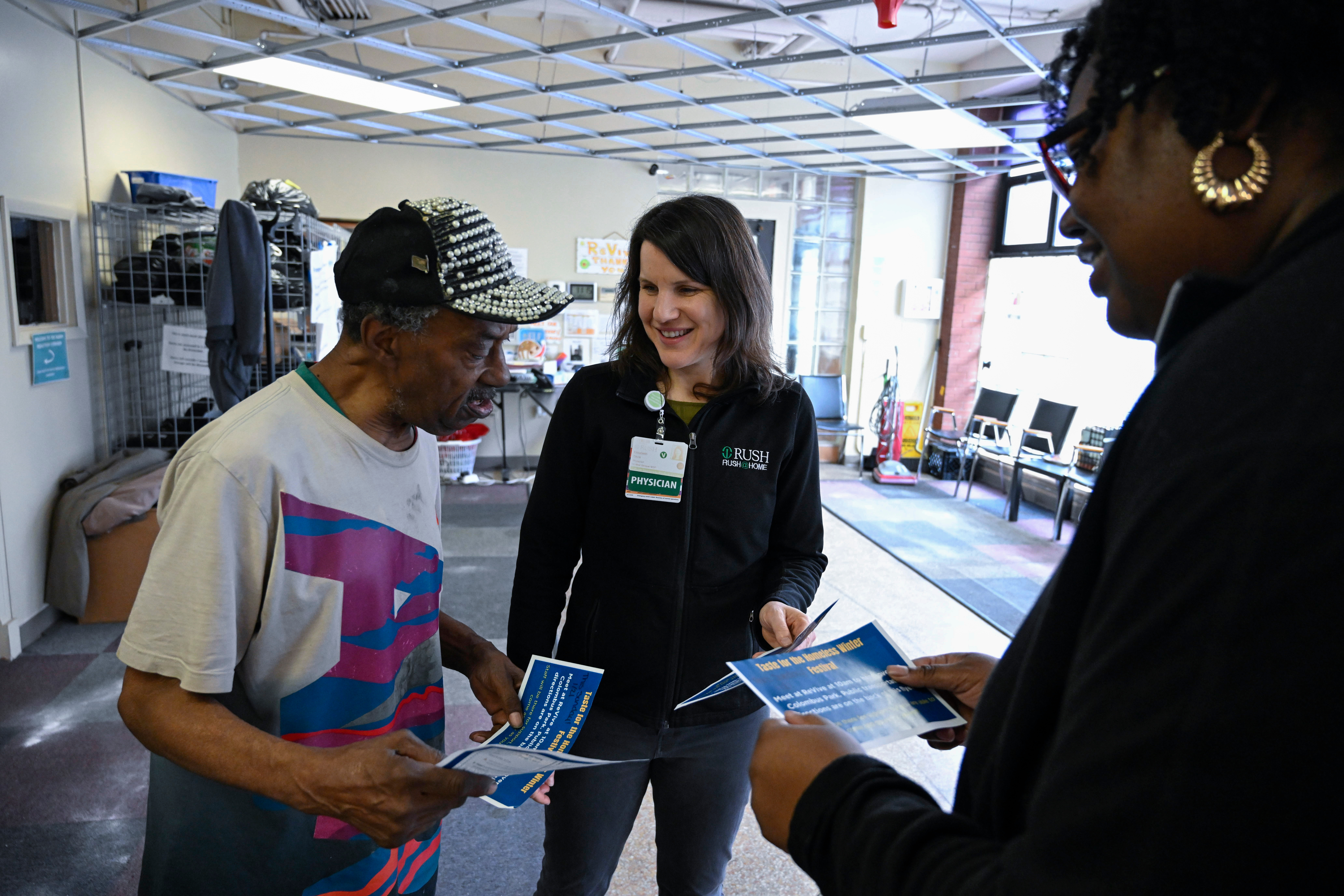
Davis emphasized there also is a value component in the center’s work.
“The center is largely providing a primary care function onsite in homeless shelters and drop-in centers,” Davis said. “And we know that primary care broadly is one of the areas of medicine that provides better care at lower costs — because it is focused on prevention. So our focus is on catching things before they become a bigger problem or preventing things outright.
“What we’ve done at RUSH is to establish health equity as a system strategy. And that goes up to the executive level, with David Ansell as senior vice president for community health equity on a level with the CEO and CFO, who are well aware of the center’s work.”
Davis also noted that the center has an operational infrastructure that ensures people can be mobilized immediately when necessary. For a health system, she said, such efforts are mission-driven and inspiring to staff.
“When a COVID outbreak happens or when there are buses of asylum seekers coming to Chicago, we’ve found people usually are ready to help when these things happen,” she said. “It’s because hospitals are full of good-hearted people.”
“Being in a space where you can impact change in a positive way is always the right thing to do,” Olison added.
Footnotes
a. National Alliance to End Homelessness, State of Homelessness: 2023 Edition; and de Sousa, T., et al., The 2023 Annual Homelessness Assessment Report (AHAR) to Congress, U.S. Department of Housing and Urban Development, December 2023.
b. Bogle, L., “The cost of homelessness on our healthcare system,” LinkedIn blog, Oct. 26, 2022.
c. Kaiser Permanente, “Housing for health,” page accessed Feb. 5, 2024.





